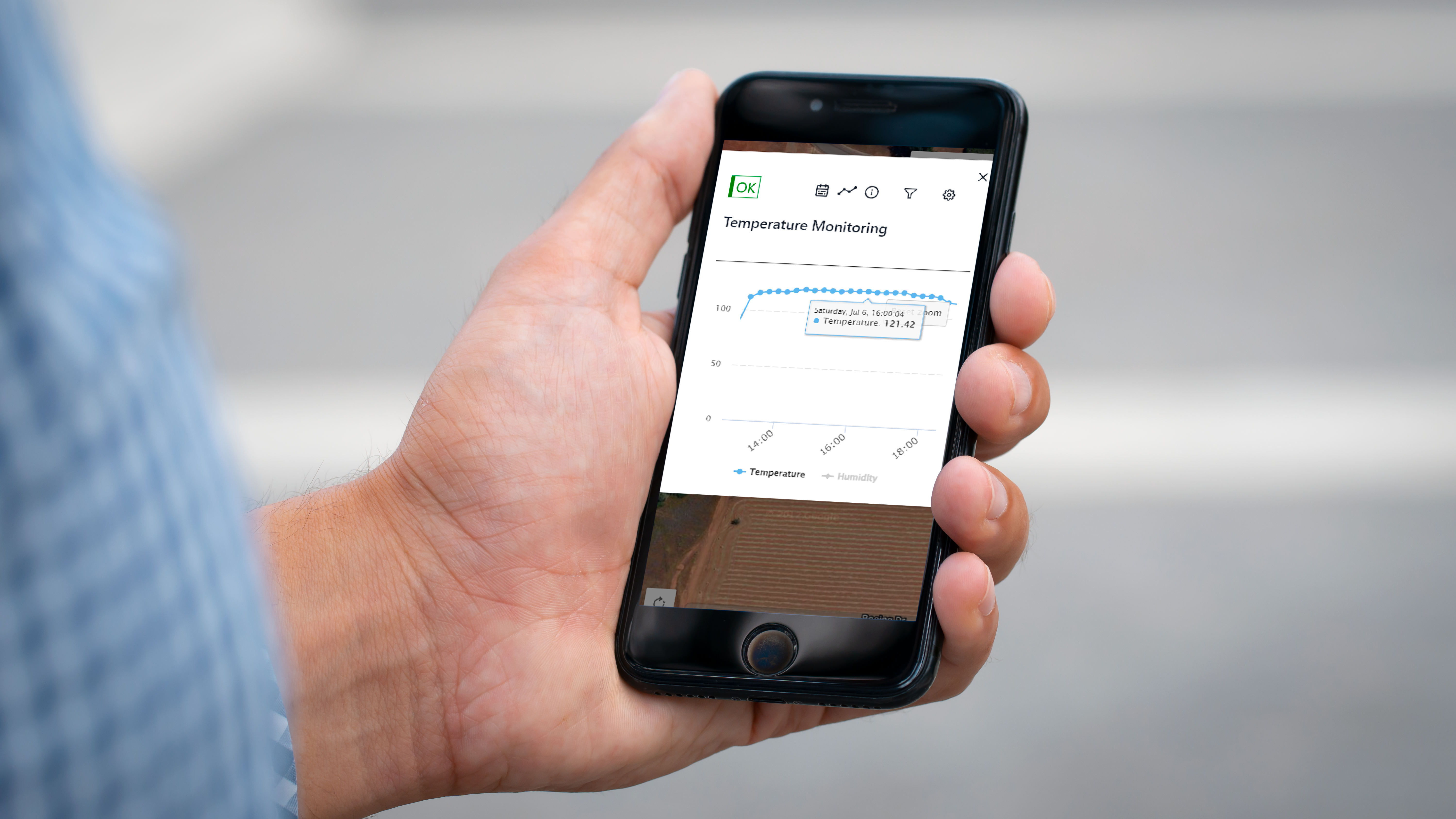Heat Monitoring and Alerts
Published: 7/6/2024, 8:00:00 AM

Navigating High Heat: Essential Weather Monitoring and Heat Alerts for Farmers and Operations Managers
As we move deeper into the summer months, high heat conditions become a significant concern for agricultural workers. Just this weekend, at our office in Redding California, it was over 122 degrees! For farmers and operations managers, staying ahead of the weather isn't just a matter of convenience—it's crucial for maintaining crop health, livestock well-being, and overall farm productivity.
Here, we’ll explore the importance of weather monitoring and heat alerts, and how they can be integrated into your daily operations to mitigate the risks associated with extreme temperatures. We will also cover how neatMon provides solutions to help with "monitoring for any application" including temperature alerts, irrigation automation, and more.
Understanding the Impact of High Heat
High heat can have a range of adverse effects on your farm:
1. Crop Stress: Excessive temperatures can lead to wilting, reduced growth, and lower yields.
2. Livestock Health: Heat stress can cause decreased milk production, weight loss, and even heat stroke in animals.
3. Operational Challenges: High heat can affect equipment performance and increase the risk of fires.
Given these potential issues, it’s clear that having a reliable system for heat alerts and weather monitoring is essential.
Why Heat Alerts and Weather Monitoring Matter

1. Proactive Management: By receiving timely heat alerts, you can take proactive steps to protect your crops and livestock. This might include adjusting irrigation schedules, providing shade, or ensuring adequate water supply for animals.
2. Resource Optimization: Effective weather monitoring helps you make informed decisions about resource allocation, such as water usage and labor management. This can lead to more efficient operations and cost savings.
3. Safety Measures: High heat increases workers' risk of heat-related illnesses. Being aware of heatwaves in advance allows you to implement safety measures, like adjusting working hours or ensuring breaks in cooler areas.
Implementing Heat Alerts and Weather Monitoring
1. Invest in Technology: Modern weather monitoring systems can provide real-time data and forecasts. Consider investing in solutions like neatMon weather stations, temperature sensors, and mobile apps that offer detailed and localized weather information.
2. Integrate Alerts into Daily Routines: Make checking the weather forecast a regular part of your daily routine. Set up alerts on your phone or computer to receive notifications about extreme weather conditions.
3. Educate Your Team: Ensure that everyone on your team understands the importance of weather monitoring and knows how to respond to heat alerts. Regular training sessions can help reinforce these practices.
4. Automate + Control: Automation systems to monitor and control irrigation systems during heat waves help protect crops and ensure workers can take a break from the heat.
Moving forward
High heat conditions are an unavoidable challenge, but with the right tools and strategies, like our Automated Monitoring Nodes and Weather Solutions, farmers and operations managers can effectively mitigate the risks.
By prioritizing weather monitoring and staying informed with heat alerts, you can protect your crops, livestock, and team, ensuring a productive and safe farming operation. Stay cool, stay informed, and keep your farm thriving even in the hottest conditions.
Contact us at [email protected] today to discuss your environmental monitoring needs